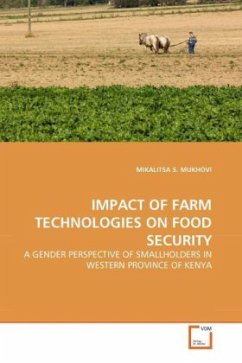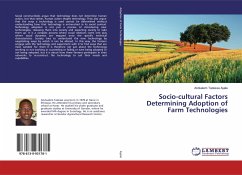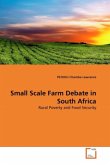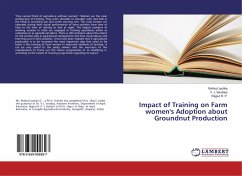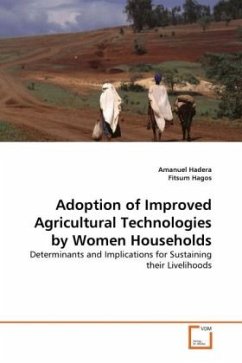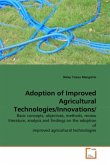This book explains the impact of farm technologies and gender dynamics on household food security and nutritional status of under-fives in Busia and Vihiga districts of Western Province, Kenya. Through qualitative and quantitative methods, the study elucidates the link between farm technologies, gender issues and household food security. The author observes that the use of farm technologies is low among smallholders and contributes to low agricultural productivity and income. The study shows that the education level of household heads,their contact with extension personnel and household headship have a significant effect on household food security. De jure female-headed households were found to be the most vulnerable to food insecurity and malnutrition. The author concludes that through capacity building and access to financial and physical capital, female-headed households have the potential of increasing agricultural production just like male-headed households. This book recommends the intensive use of farm technologies by smallholders through efficient extension service and efficient credit service system. The book is a must-read for agricultural policy makers and researchers.
